Learning to care for corn in the open field
The delicate and rich taste of sweet cobs, densely stuffed with juicy grains, yellow like little suns, have been loved by everyone since childhood. But growing corn on a personal plot seems ungrateful to many gardeners. To collect a generous crop from its bushes, which has reached technical ripeness, you will have to work hard, and first of all, get the necessary knowledge about agricultural agricultural technology.
Requirements for growing conditions
Corn loves warmth. It is mainly cultivated in the southern regions of the country. But it is possible to breed a culture in a temperate climate and even in the much harsher conditions of Siberia. The main thing is to choose the right place for the corn and provide the planting with competent care. In open ground, it grows best in areas with maximum sunlight. In the shade and with a lack of heat, the development of its bushes slows down, and the grain on the cob does not ripen to milk ripeness. Plants are sensitive to cold winds and drafts, so it is important to reliably protect the beds from them.
Sweet corn has no special requirements for the quality and structure of the soil. The ideal option for her is light fertile soil with low acidity, rich in humus and well-drained. It is better to plant corn bushes in a personal plot next to legumes, tomatoes, cucumbers, pumpkin. It will be unsuccessful to place them near the beds with table beets and celery.
They begin to prepare a place for future corn beds in the garden in the fall. This is especially important when cultivating early maturing varieties. The soil is carefully dug up, choosing the roots of weeds from it. It is correct to do this early, before the first frost. Then the plot can be watered abundantly so that the weed seeds that have fallen into it will sprout, and then weed them out. If these recommendations are followed, the spring preparation of the garden will be easier, and planting maintenance will require less time and effort.
Sweet corn responds well to fertilization. Preparing the soil for the beds, they are brought in twice: in autumn and spring. Before winter, they are scattered around the site (by 1 m2):
- humus (5 kg);
- double superphosphate (0.2 kg);
- potassium salt (0.1 kg).
Fertilizers are buried in the ground by digging to the depth of a bayonet shovel. Spring preparation of the site is less intensive. Before planting corn kernels, the soil is fertilized with nitrophos (50 g of the preparation per 1 m²), and then slightly pushed. The procedure is carried out 2–2.5 weeks before the planned date of sowing the seeds. The earth with high acidity is additionally lime.
Sowing corn on the beds
Planting corn with seeds is a simple and quite effective way of growing a crop. Its terms are determined by the characteristics of the local climate. To get friendly shoots, corn grain is sown when the weather is warm and the threat of frost has passed. The thermometer should not fall below 10-12 ° C during the day. In Siberia, you can start planting corn closer to mid-May.
The result will be better if the seeds are prepared before placing in the ground. Professionals advise soaking them. There is nothing complicated in this procedure, for it you will need:
- a piece of gauze, burlap or any other fabric;
- some wood ash;
- the corn itself.
You need to soak the seeds according to certain rules. The fertilizer is thoroughly dissolved in water heated to 22-25 ° C. Then corn seeds are dipped into this nutrient composition. They are not kept in it for a long time, 12 hours are enough.An envelope is made of gauze, it is abundantly moistened with a prepared solution and the planting material is placed in it. The condition of the seeds will be checked daily to ensure they are supplied with oxygen. If they have not hatched yet, mix them, moisten them if necessary, and cover them again with gauze. They finish these manipulations when the first shoots appear.
Sprouted corn grain is placed in a slightly loosened soil, having previously marked grooves in the garden, the interval between which is made equal to 0.5-0.6 m. At a distance of 40 cm from each other, holes of medium depth (6-7 cm) are dug in a row. 3-4 seeds are laid out in them. The square-nest planting scheme is optimal for maize: with this arrangement, self-pollination in adult plants successfully passes and the yield increases. Then the hole is filled with wet soil, and a layer of dry earth is poured on top as mulch.
Sweet corn springs up pretty quickly. If the seeds are soaked, then young shoots will appear in 10-12 days. If you do without preparation, you will have to wait 5-7 days longer. When corn sprouts appear from the soil, only one more powerful one is left in each of the planting holes, and the rest are pulled out.
Growing seedlings
The seedling method of growing a crop is also popular, in which the crop on plants ripens faster. In this case, planting of corn is carried out earlier - in April. For sowing seeds at home, deep containers filled with a mixture of peat and sand or sawdust are suitable. But it is much more convenient to arrange the corn grain in separate cups. This will save time in caring for the seedlings and reduce the likelihood of damage to their roots when moving to the beds.
Advice
Corn seedlings can also be obtained in the greenhouse. It will be correct to install it in the summer cottage back in March, so that by the time the seeds are planted, the soil is sufficiently warmed up.
For germination, corn seeds need temperatures around 18-20 ° C. Fluorescent lamps will help provide them with enough light and heat. Better to set them before sowing. If you ignore these guidelines, young sweet corn will stretch out a lot and care for its long shoots will be difficult. After watering, they will bend down, practically lying on the ground, and hurt. Any draft will be disastrous for them.
Caring for corn seedlings consists of watering and fertilizing. They need a lot of water, it is impossible to allow the soil to dry out in containers. When the seedlings begin to develop intensively, the time will come for feeding them with a solution of mineral fertilizer. They will respond well to growth stimulants. Young corn is provided with additional nutrition every week.
It can be placed in open ground from the first days of May, if weather conditions permit. By this time, 2-3 powerful leaves will appear on the seedlings. In regions with a colder climate (in the Urals, in Siberia), the procedure is carried out later - in the last week of spring. It is permissible to postpone it even until the beginning of summer. Before planting corn bushes in a permanent area, they make holes in it. They are watered abundantly. To place plants in the beds, the same scheme is used as for sowing seeds. Correct planting of corn is completed by mulching the surface of the hole. It is sprinkled with sand, which will not allow the soil to become covered with a hard crust.
After landing
It takes little for sweet corn to produce a rich harvest. Planting care includes:
- watering;
- top dressing;
- loosening the soil;
- hilling;
- weed removal.
Sweet corn loves clean beds and light, porous soil through which its roots can breathe freely. It is especially important to follow these rules at the initial stages of the development of its bushes. During this period, loosening is indispensable, but they are stopped as soon as the adventitious roots are formed in corn. Then it is time for hilling, which will make the bushes more resistant. They will need to be completed at least 1-2 times per season.
Corn on the backyard is closely monitored, removing weak shoots and stepsons from the bushes. It is not worth breaking them out, there is a safer and less traumatic way to the stem - to carefully cut them with scissors. If this is not done, they will take away the strength and nutrients from the corn, which are necessary for the grain to be poured and ripen on the cobs. The formation of numerous stepchildren is a reason to think about whether watering the beds is carried out correctly. This is how sweet corn most often reacts to a lack of moisture.
But an excess of water will not benefit the plants: depriving the flow of oxygen, their roots may die. Determining waterlogging is not difficult. The leaves of the corn turn purple and the development of the bush slows down. As a result, the plant is dwarf in size, and its ears do not fully ripen.
Watering and feeding
Water the plantings once a week or even less often - once every 10 days. The signal for the next moistening is the state of the soil. It's time to start the procedure if it has dried out to a depth of 5 cm. If corn is grown for grain, it needs abundant watering. The soil should be at least 10-12 cm wet. 1.5-2 buckets of water are spent on each hole. It is this dosage that is necessary to obtain ears densely packed with tasty grains.
Advice
During the flowering period of corn, which begins closer to the middle of summer, depending on the timing of planting and the selected variety, it is recommended to lightly shake the brushes located at the top of the stems. The procedure is carried out in the middle of the day. There is one more way - do not touch the brushes, but just gently knock on the base of the stem. Such care helps the plants to pollinate.
Tall bushes of corn in open winds are best tied up. The harvest will be more plentiful if the plantings are generously fed. During the season, the beds are fertilized with organic and mineral compounds at least three times. At the germination stage, as soon as the young sweet corn releases the first leaves, the plants are watered with manure or dung dissolved in water.
The second feeding is carried out at the stage of flowering corn bushes. It is not scary if this time was lost. Mineral fertilizers containing many microelements are then applied at a later date - during the formation of the first ovaries on corn. During this period, plants will benefit from wood ash. It can be simply scattered over the ground. For the full development of corn, 1-2 glasses of fertilizer are enough. Further care for her involves the introduction of drugs, which contain a lot of potassium and phosphorus. Start to it as the ears grow.
The technology of growing corn is not complicated. With the knowledge and desire to get the long-awaited harvest of ripe ears, even beginners in the gardening business will be able to. Their taste and usefulness were appreciated by the ancient Indian tribes - Maya and Aztecs. Despite the southern origin of the culture and its tender love for warmth, its zoned varieties are successfully cultivated in unfavorable conditions for it in the Urals and Siberia.
Corn grain has a rich chemical composition. It contains a lot of vitamins, minerals, amino acids, carbohydrates, proteins. It is satisfying and healthy, and neither adults nor children can resist the unique aroma of juicy freshly boiled ears. But other parts of the plant can also be used on the farm. Livestock loves to feast on its stems and leaves, so certain varieties of the crop have long been grown for silage. The plant is also used in folk medicine: corn silk has a beneficial effect on the liver and helps to reduce appetite. Aren't there enough reasons to make growing corn in your dacha a must-do for the coming season?
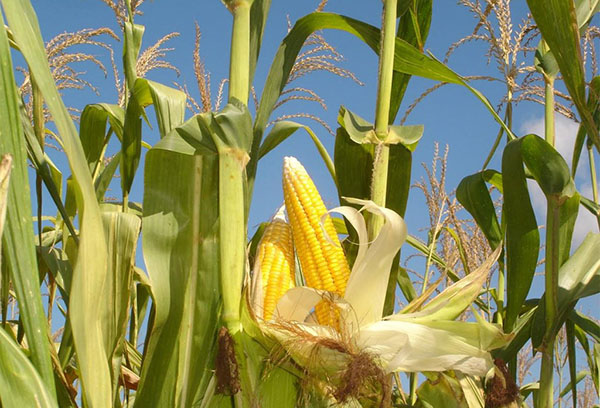
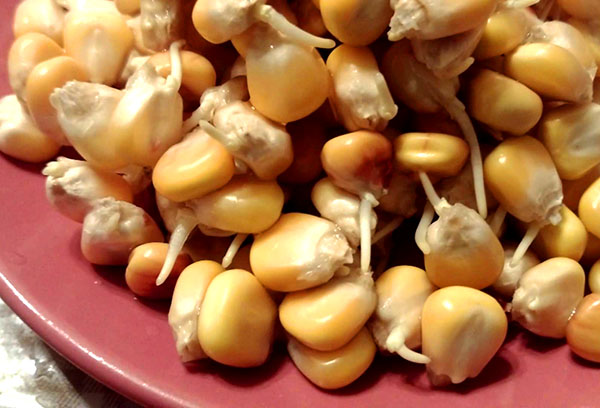
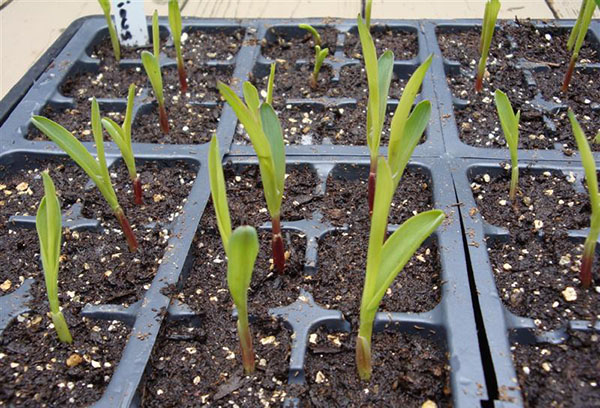
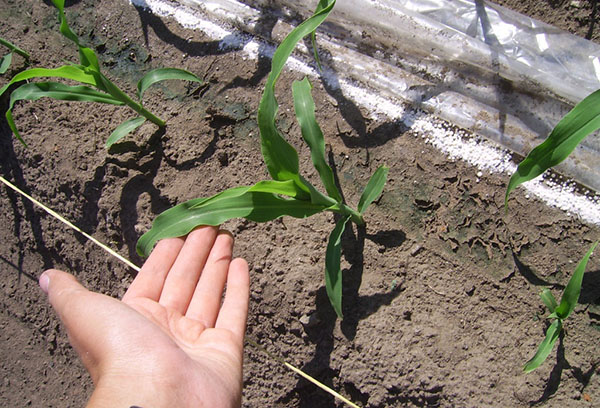

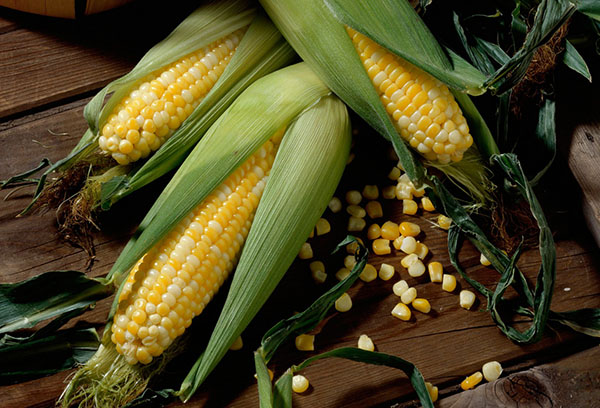

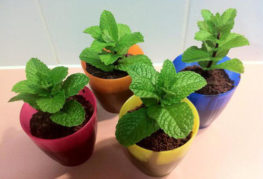

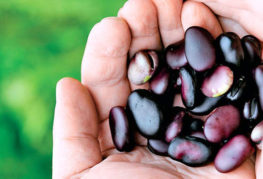
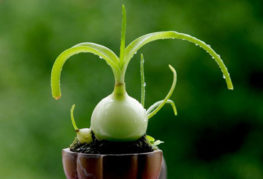
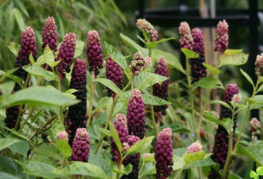
and will be published shortly.